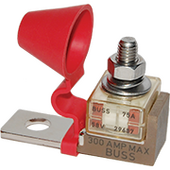Dadoftheturkeykids
Arc Angel
So, you are saying all cables need to be all the same length in my situation? (parallel)The batteries are in parallel. They each have internal resistance.
All that matters regarding wiring is for each battery to be in series with the same wire resistance. Doesn't matter at all how much of that series resistance is connected to positive terminal vs. negative terminal. Therefore individual wire lengths don't matter, just total positive plus negative length.
But not in series?




